How To Become a Graphic Designer
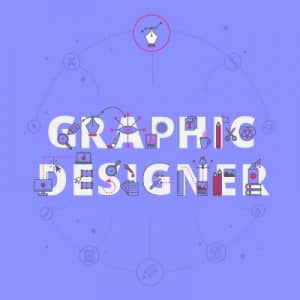
The rise of the digital age means people are bombarded with thousands of brand graphics on a daily basis.
Being the busiest, most impatient and easily-distracted society that has ever existed, effective design needs to be something special in order to make a lasting impact.
Companies are now making more of an effort to utilise professional Graphic Designers to stand out from the crowd. Thanks to ongoing technological advancements, as a Graphic Designer, you have the opportunity to update your skills on a continual basis through graphic design courses.
What is graphic design?
A graphic design career involves the creation and communication of ideas or products through visual concepts either through a digital platform or by hand.
Many Graphic Designers work in marketing fields to create advertisements, brochures and brand imagery, but your skills can be transferred to multiple industries as every business wants to market their product or service. Developing a big idea with creative communication solutions is key to finding success within this industry.1
“Design is communication. It is the marriage of form and function with the purpose of starting conversations, building bridges, inspiring action and ultimately building relationships.” – Kerri-Jane Mitchell, Graphic Designer at GetSmarter
Industries where Graphic Designers thrive:



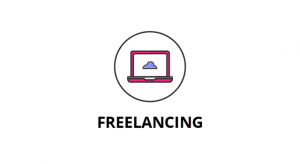
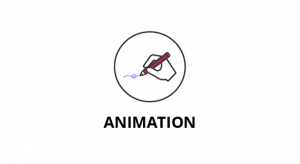

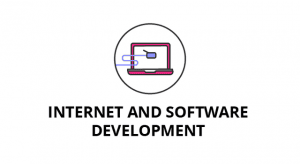

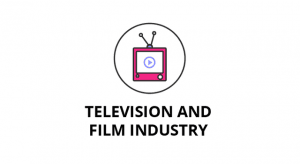

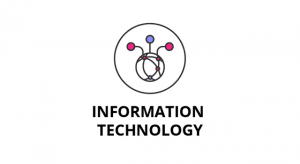
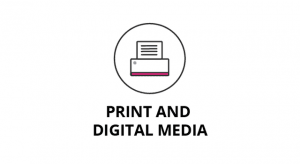
What are the key responsibilities of a Graphic Designer?
A brand image reflects a company’s identity.
It’s often the first thing consumers see; placing a large amount of responsibility on a Graphic Designer to effectively portray the identity the business embraces.
However, a large part of your job is deciphering what exactly the client needs. Many clients arrive with an idea in their head, but no idea what it will look like on paper (or screen).
The key responsibilities of a Graphic Designer include making an impact in the following three key areas:
Graphic Design |
|
Web Design |
|
User Experience Design |
|
Graphic Design |
|
Web Design |
|
User Experience Design |
|
What is the career path of a Graphic Designer?
A lot of learning happens on the job for those working in creative industries.
It’s essential for Graphic Designers to keep up to date with the latest software and computer technologies to remain competitive and relevant in the field. Graphic design technologies are changing and improving at a rapid rate. As a Graphic Designer, you do not want your industry to adapt faster than your skill set.
Related Content: Is the Graphic Design industry changing faster than you are?
In terms of moving up in the company, a junior Graphic Designer’s greatest weapon is your portfolio. Employers will want to see evidence of upskilling, whether that is through further studies or learning how to use new graphic design programmes.
Below are various positions Graphic Designers can strive towards:
-
- Art Director
- Creative Director
- Drafter (Architecture and Engineering)
- Film and Video Editor
- Industrial/Product Designer
- Digital Marketing Manager
- Multimedia Artist/Animator
- Technical Writer
- Web Designer
- User interface designer
What is the potential salary for a Graphic Designer?
A Graphic Designer’s income will rely heavily on experience. However, you may move up to other design roles after some time in this career.
Click on a country to see what you can expect to get paid as a Graphic Designer in either South Africa, the United Kingdom or the United States of America:
What are the education and training requirements for a Graphic Designer?
When hiring a Graphic Designer, some companies will require you to have a relevant qualification in Graphic Design.
However, due to the heavy focus on work experience for this role, it’s not specified whether companies prefer applicants with a degree, certificate, diploma or a great focus on practical skills. This is because proficiency for this role relies on both the ability to demonstrate competence in a number of programmes as well as an excellent portfolio of work.
That being said, a qualification of some sort in Graphic Design will only take you to greater professional levels.
Here are your options:
1. Bachelor’s Degree: There are many public and private universities and colleges providing Bachelor’s degrees in Graphic Design. Depending on the institution, this might be a three or four year degree, but all degrees will focus on subjects including:
- Drawing
- Photography
- Design Techniques
- Art theory
- Visual communication theory
- Illustration
- Digital Design
2. Online Certificate: There are various institutions offering online graphic design courses where you will come out with a diploma or certificate verifying your graphic design competencies. The UCT Graphic Design online short course focuses on these subjects:
- Adobe Illustrator
- Digital imagery
- Visual communication
- Layout and composition
- Idea generation and research
- Typography
- Print design
- Web design
Keeping a portfolio of work:
Graphic Designers are expected to continually update a portfolio of work. This is your greatest tool when applying for a job.
Your portfolio of work should demonstrate your wide range of experience in various areas of design, as well as competence in programmes like Adobe illustrator, InDesign and Photoshop. You’ll remain relevant by continually updating your skills through graphic design training.
Many people dream of a career in the creative industries, but far less take up the challenge in realising that dream. Receiving a recognised qualification in your passion is the first step in becoming a working professional.





